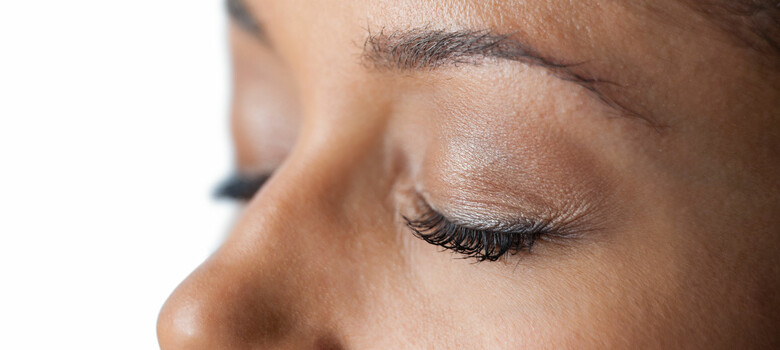Blepharoplasty
Eyelid Lift Surgery Can Improve Appearance and Function
The skin around the eyes is one of the first places to show signs of age. Droopy eyelids and bags under the eyes can make people look tired or older, and in some cases, they can affect your eyesight. Duke’s experts in oculofacial plastic surgery perform blepharoplasty (eyelid lift surgery) to enhance your eyes, reduce the signs of aging, and improve vision. It can also improve your appearance and function following injury, disease, or deformity.
Duke Health offers locations throughout the Triangle. Find one near you.
Duke University Hospital is proud of our team and the exceptional care they provide. They are why we are once again recognized as the best hospital in North Carolina, and nationally ranked in 11 adult and 10 pediatric specialties by U.S. News & World Report for 2024–2025.

